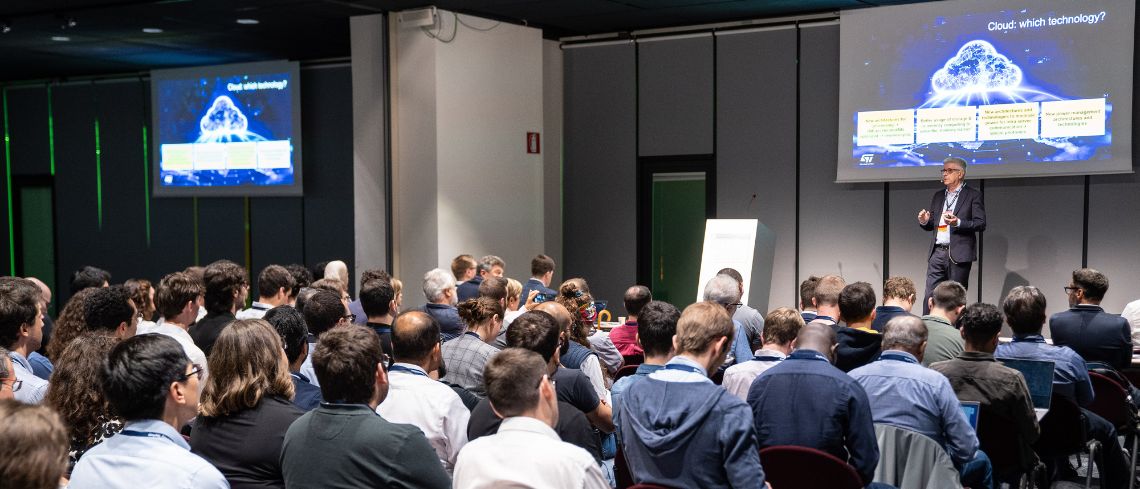Eletimes
1w
351

Image Credit: Eletimes
Edge AI Foundation: powering the next wave of intelligence at the edge
- AI evolved from cloud-based infrastructure to edge AI to address challenges like latency, energy consumption, and privacy concerns.
- The Edge AI Foundation, formerly TinyML, drives the transition towards smarter, faster, and more pervasive AI at scale.
- Cloud-based AI development using high-performance GPUs led to significant advancements in AI capabilities, including generative AI.
- Concerns over latency, energy consumption, and privacy led to the realization that AI computations do not need to rely solely on the cloud, paving the way for edge AI.
- Edge AI enables local processing on devices like sensors and microcontrollers, reducing the reliance on cloud services and addressing latency and privacy issues.
- STMicroelectronics' STM32 microcontroller family and intelligent MEMS sensors facilitate edge AI applications like anomaly detection, gesture recognition, and environmental monitoring.
- The Edge AI Foundation promotes advancements in edge AI through global conferences and collaborative efforts between academia and industry.
- The Foundation, initially TinyML, evolved to the Edge AI Foundation to reflect the expansion of AI technologies operating at the network edge.
- The Edge AI Foundation engages in initiatives like Edge AI Working Groups, Edge AI Labs, and Edge AIP to make edge AI accessible and impactful.
- STMicroelectronics collaborates with the Edge AI Foundation as a Strategic Leader Sponsor, contributing to working groups and promoting edge AI solutions.
- Edge AI is poised to drive intelligent agents and systems capable of autonomous reasoning and acting, revolutionizing various sectors from smart devices to industrial automation.
Read Full Article
21 Likes
For uninterrupted reading, download the app